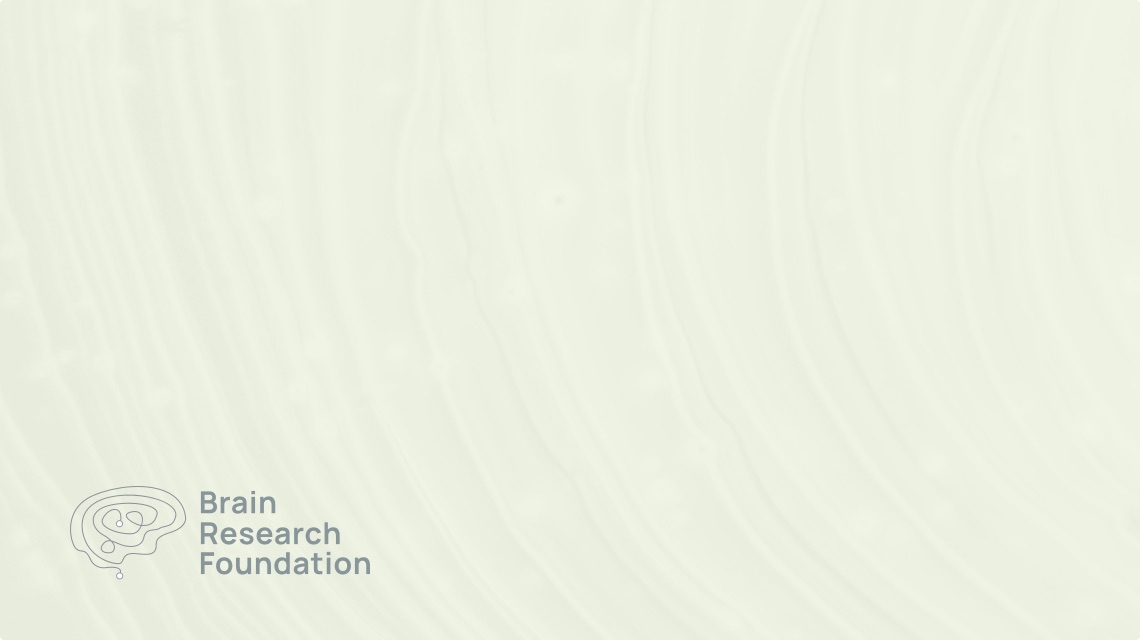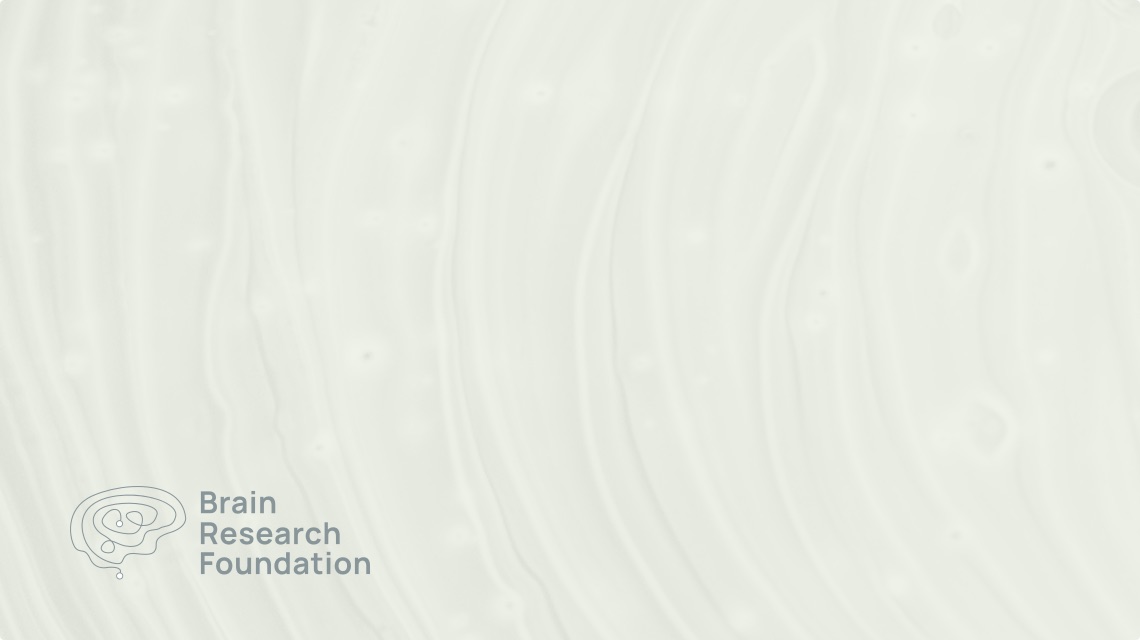2023 Scientific Innovations Award
Yuki Oka, Ph.D.
California Institute of Technology
Animals constantly detect and process sensory signals to react appropriately. External sensory information (e.g., light and sound) serves as prominent environmental cues to guide behavior. On the other hand, our body monitors internal parameters such as temperature, pressure, and osmolality to maintain body homeostasis. Because regulation of the internal state is so important, animals have evolved dedicated sensors to detect each physiological parameter. Nevertheless, little is known about how the brain and body sense osmolality.
Dr. Oka’s study investigates this important biological question using the brain thirst circuit. In the mammalian brain, circumventricular organs (CVOs) in the forebrain are critical sites for sensing thirst-inducing signals from the body4-6. One of the CVOs, the subfornical organ (SFO), houses two distinct types of excitatory neurons activated by osmolality and volume stress. Stimulation of either population induces the immediate thirst perception. Moreover, Dr. Oka’s recent study revealed the transcriptomic signature from both neuron types. Identifying these functionally and genetically defined neural populations offer an excellent platform to study osmosensory mechanisms. Furthermore, as demonstrated for thermosensation and mechanosensation, molecular identification of osmosensors will be a springboard for understanding human diseases related to gene mutations of osmosensors.
If you want to support this research and be part of future breakthroughs, consider getting involved or making a contribution. Every effort helps drive innovation and progress.


